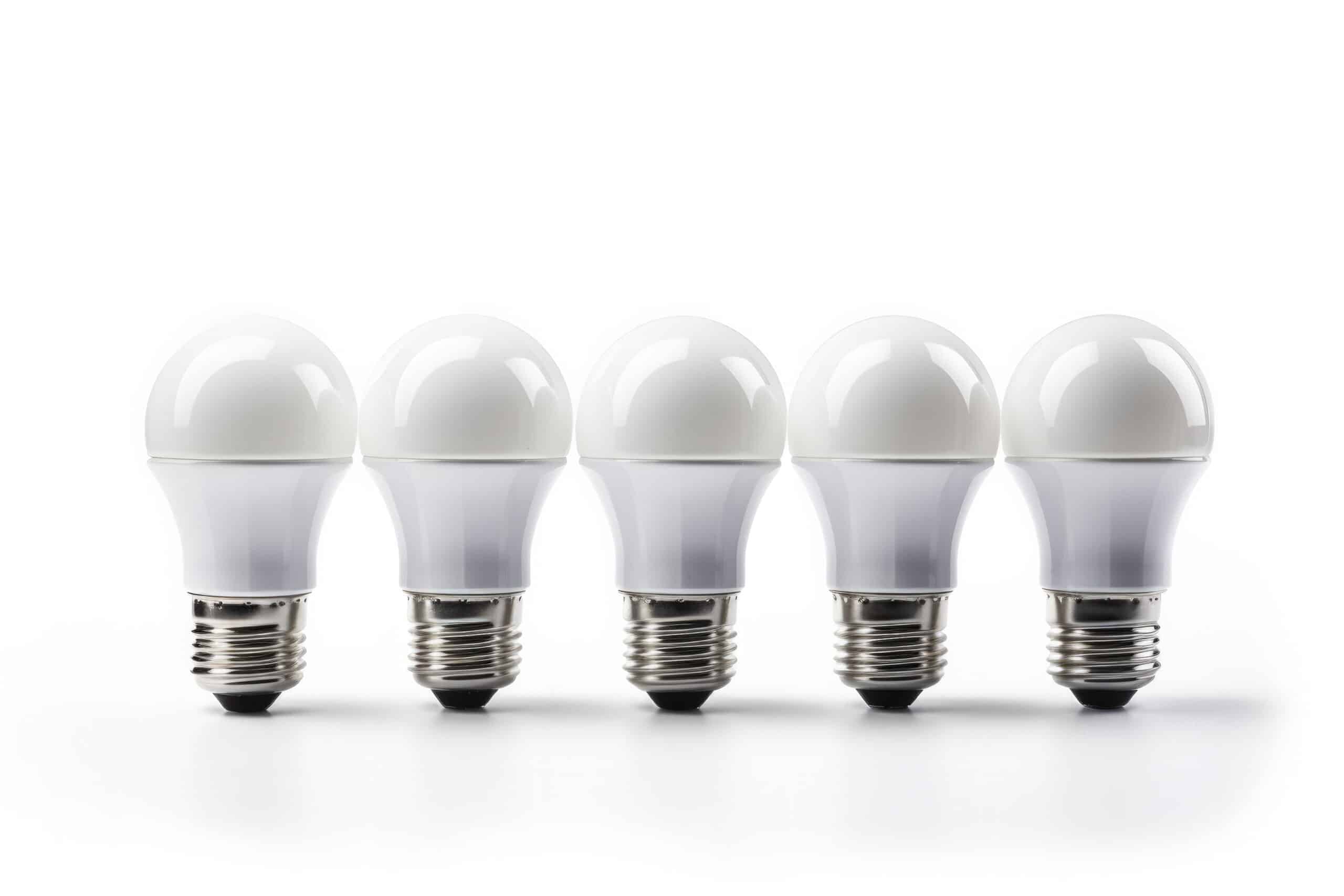Do Smart Light Bulbs Use Electricity When Off?
Key Takeaways
- Smart light bulbs consume a small amount of electricity even when they are turned off.
- The power consumption in standby mode is typically less than 0.3 watts, resulting in negligible additional charges on your energy bill.
- Smart light bulbs are designed with energy efficiency in mind, utilizing LED technology and offering features that allow for automated control and energy-saving options.
Smart light bulbs have become increasingly popular in recent years due to their convenience and energy-saving features. These bulbs can be controlled remotely through smartphone apps or voice commands and offer various functionalities such as dimming, color-changing, and scheduling. However, a common question that arises is whether smart light bulbs consume electricity even when they are turned off. In this article, we will explore this topic in detail and provide you with an informed answer.
Understanding Smart Light Bulbs
Smart light bulbs are equipped with advanced technology that allows them to connect to a Bluetooth or Wi-Fi network. This connectivity enables users to control the bulbs remotely and automate their lighting preferences. While these features offer convenience and energy-saving benefits, it is natural to wonder if these bulbs continue to draw power when they are turned off.
Power Consumption in Standby Mode
According to various sources, smart light bulbs do consume a small amount of electricity even when they are turned off. This minimal power draw is necessary for the bulbs to maintain their connectivity and be ready to respond to commands from the user. However, the amount of electricity consumed in standby mode is generally negligible.
A study conducted by Livingetc found that the power consumption of smart light bulbs in standby mode is typically less than 0.3 watts. This translates to a minimal additional charge on your energy bill, amounting to just a few cents per month. Similarly, Lamphq.com also confirms that the electricity consumed by these bulbs when turned off adds only a negligible amount to your monthly electricity expenses.
Energy Efficiency Features
It is essential to note that smart light bulbs are designed with energy efficiency in mind. They utilize LED (Light Emitting Diode) technology, which is known for its energy-saving properties. LED bulbs consume significantly less energy compared to traditional incandescent bulbs and even other types of energy-efficient bulbs.
Moreover, smart light bulbs often come equipped with additional features that further enhance their energy efficiency. These features may include scheduling options, timers, and motion sensors. By utilizing these functionalities, you can program your bulbs to turn off or adjust their brightness automatically when they are not needed, thereby reducing power drain and extending the life of the bulbs.
Additional Energy-Saving Measures
If you are concerned about the minimal electricity consumption of smart light bulbs in standby mode, there are a few additional measures you can take to further reduce energy usage. One option is to unplug or turn off the power switch connected to the bulbs when they are not in use. This effectively cuts off the electricity supply and eliminates standby power consumption.
However, it is important to note that completely disconnecting the bulbs from the power source may render them non-responsive to remote control commands. If you rely on the smart capabilities of these bulbs, it is advisable to weigh the trade-off between energy savings and convenience.
Conclusion
In conclusion, smart light bulbs do consume a small amount of electricity even when they are turned off. However, the power draw is minimal, typically less than 0.3 watts, resulting in negligible additional charges on your energy bill. These bulbs are designed with energy efficiency in mind, utilizing LED technology and offering features that allow for automated control and energy-saving options.
While it is true that smart light bulbs use electricity when off, the overall energy savings they provide when compared to traditional bulbs are significant. The convenience and control they offer, along with the potential for reducing energy waste through automated features, make them a worthwhile investment for many households.
Related Websites:
FAQs:
Q: Do smart light bulbs use electricity when off?
Yes, smart light bulbs use a small amount of electricity even when turned off. This is because they remain in standby mode to receive signals and commands from the user or connected devices.
Q: What types of smart light bulbs are available?
There are various types of smart light bulbs available, including Wi-Fi-enabled bulbs, Bluetooth-enabled bulbs, and Zigbee-enabled bulbs. Each type offers different connectivity options and features.
Q: What factors affect power usage in smart light bulbs when off?
Power usage in smart light bulbs when off can be influenced by several factors, such as the design of the bulb, the presence of energy-saving features, and the quality of the standby mode implementation.
Q: How can I reduce power usage when smart light bulbs are off?
To minimize energy consumption when smart light bulbs are off, you can turn off the bulbs using the physical switch, adjust the standby mode settings if available, and ensure that the bulbs are not connected to unnecessary devices or apps.
Q: What are some practical tips to optimize power usage of smart light bulbs?
To optimize power usage of smart light bulbs, consider dimming the bulbs when not needed, scheduling automatic on/off times, and using motion sensors or smart home automation systems to control the lighting based on occupancy.






